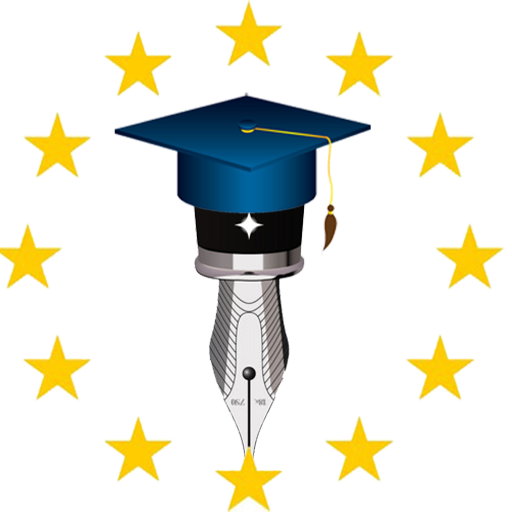In this assessment, you will design an investigation around the timing and coordination of a physiological event in a specific plant or animal of your choice. You will not conduct the experiment, but you are expected to design a procedure and plan for data collection that is able to test your proposed hypothesis.
First, select an organism to use in your investigation. Next, choose the independent and dependent variables that you will be using in your investigation. Remember that the independent variable is the one being tested or manipulated. The dependent variable is the one being measured, to see how it was affected as a result of how you manipulated the independent variable. While you are identifying the independent and dependent variables, make a list of the other variables that could affect the dependent variable you will be observing/measuring. This list indicates what variables will need to be controlled in your experiment to ensure that all measurements and observations are truly about the effect of the independent variable.
A list of sample topics has been provided, but the focus of your experiment is not limited to this selection.
Sample Topics of Focus:
- Plant growth patterns
- Germination of plant seeds
- Insect environmental preferences
- Transpiration of plants
- Hibernation
- Estivation
- Animal behavior
Hypothesis
Use your independent and dependent variables to write a hypothesis. A hypothesis is a proposed solution for the problem or question being investigated. They are often written as IF, THEN, BECAUSE statements that predict the variable to be manipulated, the outcome you expect from the experiment, and the reason you expect that outcome. A hypothesis must be testable, using a measureable/observable dependent variable.
Experimental Procedure
Once you have identified your variables and written your hypothesis, it is time to design your experiment. Remember that in a controlled experiment all variables are constant except the one being manipulated (the independent variable). For example, if the experiment will test for wet vs. dry conditions, other conditions such as lighting, temperature, pH, etc. must all be the same for all individuals in the experiment. In addition, all individuals in the experiment must be as close in age, size, and state of health as possible. It is not enough to say you will hold all of these variables constant; you must be detailed in your explanation as to how you will do this.
Most experiments will have a control group and experimental groups, only differing in terms of the independent variable. It is also important to have a large sample size to increase the validity of your results. This means it is often more practical to use small test subjects with short life spans, such as insects, fast-growing plants, small rodents, bacteria, or yeast.
The procedure should be written in a numbered step-by-step process. This keeps the procedure organized and makes it easier for others to follow. Be sure your procedure includes specific instructions for setup and describes when and how all measurements and observations should be taken.
Data Analysis
Because you will not be conducting your experiment, you will not be collecting any data and observations. However, you should describe any calculations and/or comparisons that need to be made with the data that is collected. Presenting a blank data table will also help others understand exactly what data should be collected in the experiment. If the data is best analyzed in a graph, be sure to describe how the graph should be set up as well as how it should be analyzed.
Conclusion
You are not conducting the experiment or collecting data, so you will not be able to analyze the data. Instead, your conclusion should include an explanation of the expected results that would support your original hypothesis.
(also be sure to include an
Objective(s) : What was the main purpose of the lab or what question(s) are you trying to answer?
Introduction : What background information is necessary to know before completing this lab? What scientific concepts are being examined? Include any preliminary observations about the subject.)
Objective(s)
- Main purpose of the lab or what question(s) you are trying to answer are clearly listed
Introduction
- Necessary background information is included
- It is clear what scientific concepts are being examined
- Preliminary observations about the subject are listed
Variables
- Identify:
- the independent variable
- the dependent variable
- the constants and your control group
- It is clear how constants are control group are controlled in your procedure.
Hypothesis
- A possible solution for the question or problem being investigated is included
- The hypothesis statement is testable
- The hypothesis statement is written in an if-then-because format to illustrate:
- the manipulated variable,
- the expected results,
- and the reason(s) for those expectations.
Materials
- Necessary materials are listed. (Hint: It is best to compile this list after writing the procedure to make sure you include everything that is needed.)
Procedure
- List your procedure in numbered steps that are easy for a reader to follow.
- Make sure you are specific about how to set up the experiment,
- how to control each of the controlled variables, and
- how and when to make measurements and observations.
Data Analysis
- A data table and a written description of how to process and analyze the data is included
- If it is necessary to plot data in a graph, it is clear how the graph should be set up and what should be analyzed.
Conclusion
- The expected results that would support your hypothesis are included.)






